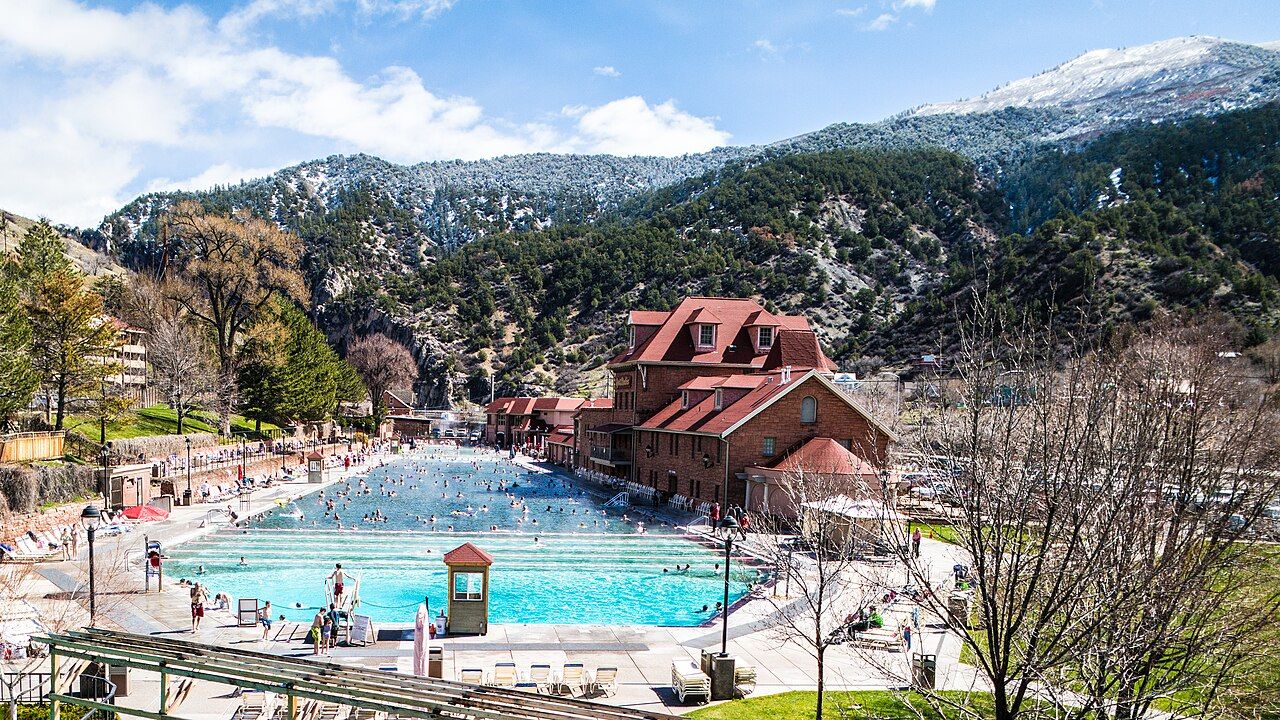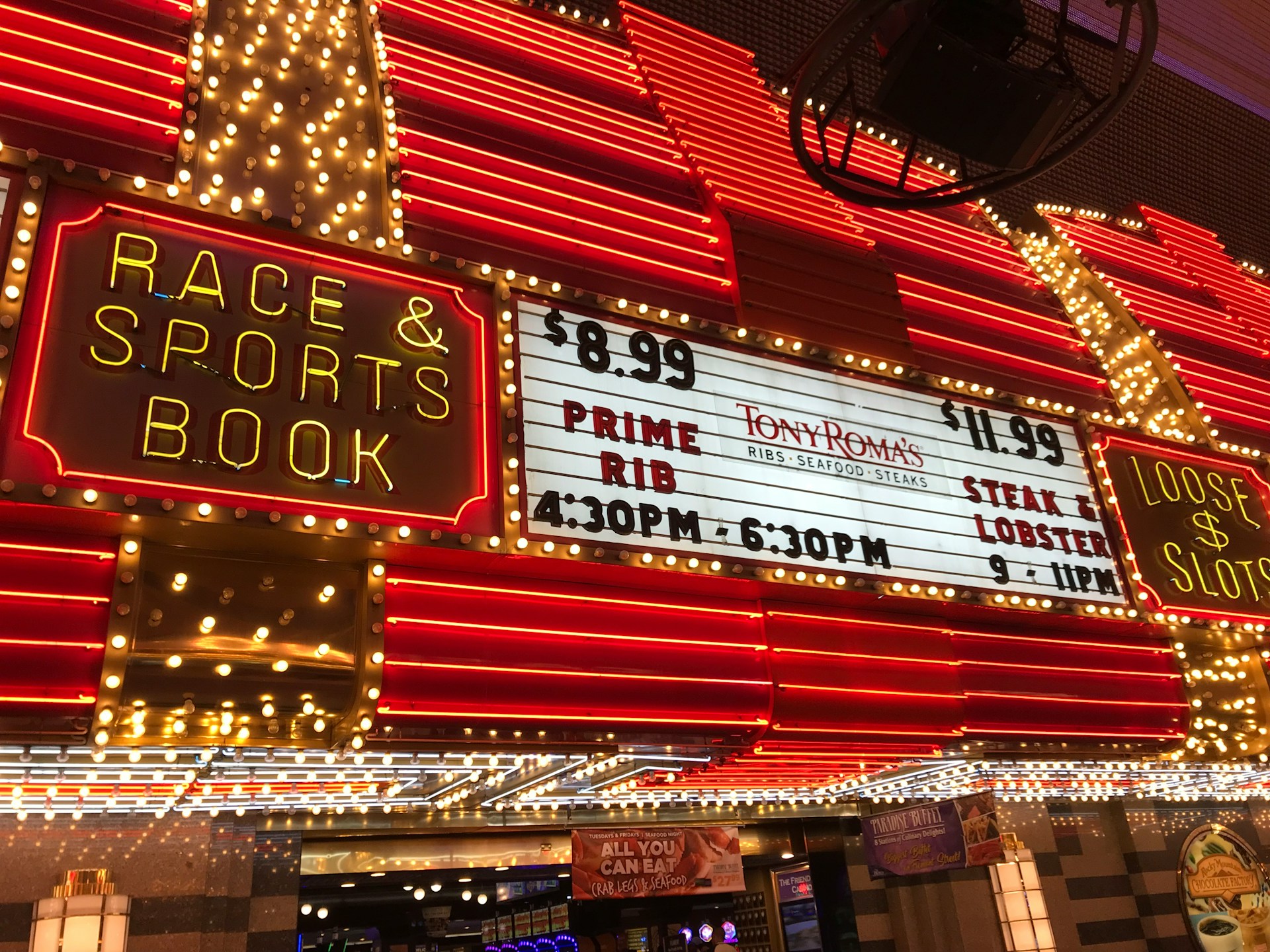Hot springs look wild, but the safest soaks happen where temperatures are controlled, water is tested, and rules are posted. These seven spots combine real scenery with managed pools or clear state guidelines. Expect posted temps, required showers, and time limits that prevent overheating. Bring water, skip alcohol, and move slowly when standing up since hot water drops blood pressure. If a pool lists a maximum soak time, follow it. For natural sites, stay in areas with clear signage and never enter visibly scalding flows.
1. Hot Springs National Park, Arkansas
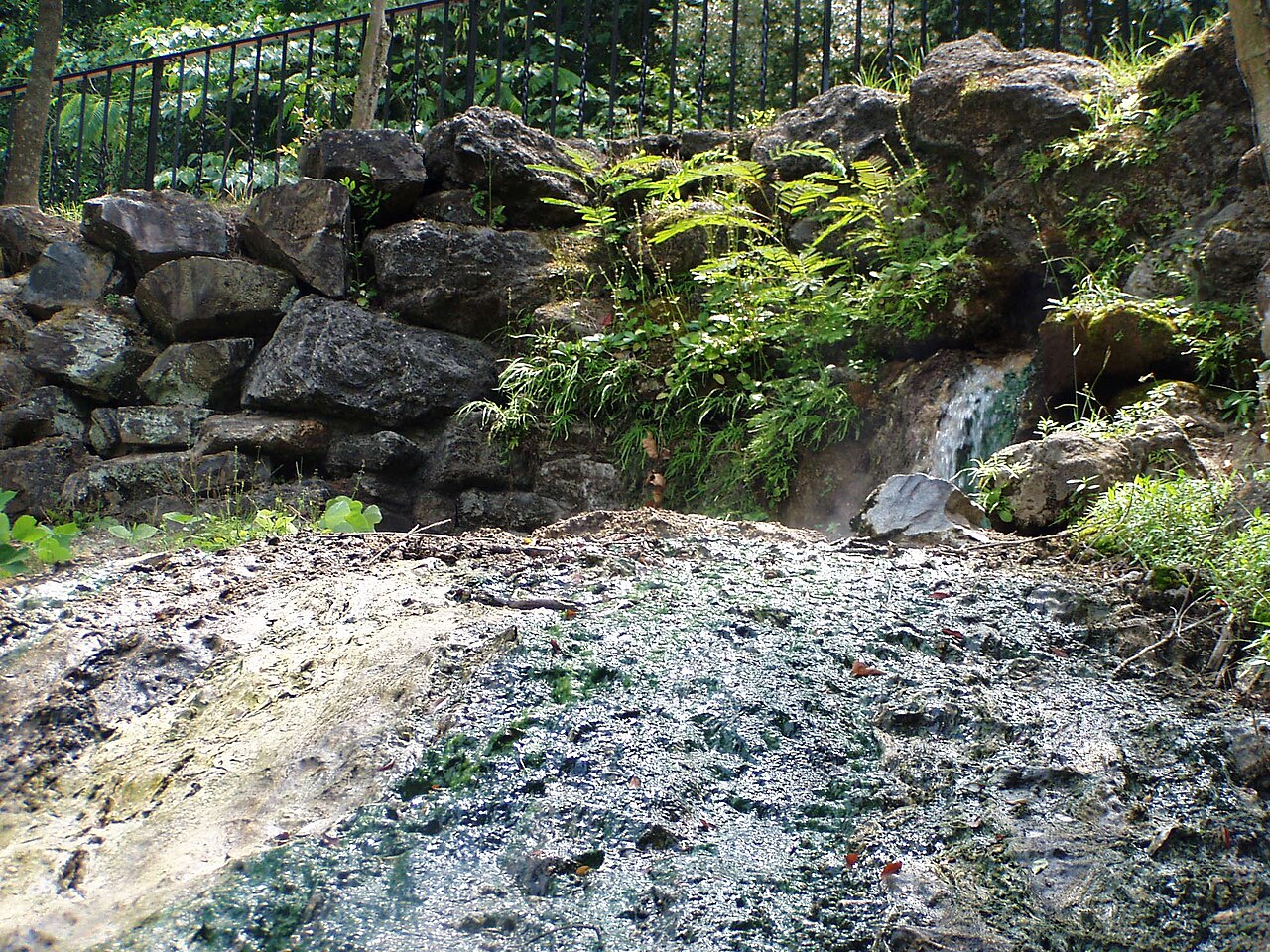
Water surfaces near 143°F, then the bathhouses temper it to a comfortable soaking range, typically 98 to 104°F. Staff clean and test pools, and you must shower before entering. No cliffside wild soaking here, the safe option is in historic facilities along Bathhouse Row. Managers track bather load so temperature and clarity stay stable. You can also sample cooled spring water at public fountains for drinking. Book a time slot on busy weekends, and exit slowly to avoid lightheaded moments after long sessions.
2. Glenwood Hot Springs Pool, Colorado
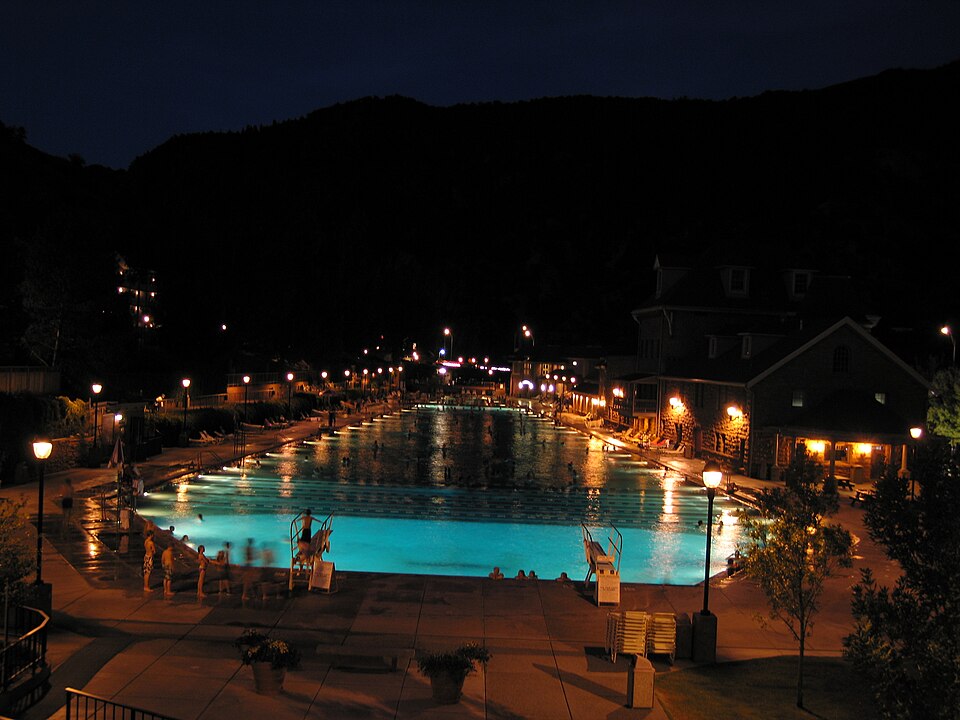
Fed by the Yampah source around 122°F, the complex cools water into two huge pools: a main pool near 90 to 93°F and a therapy pool near 104°F. Lifeguards, posted temps, and frequent testing keep this a reliable soak with mountain views. Flow-through design keeps water moving, and rules ban diving or glass. Showers are required, and there are shaded breaks to prevent overheating. The scale makes it easy to switch between warm and hotter zones until you find your comfort level.
3. Sol Duc Hot Springs Resort, Washington
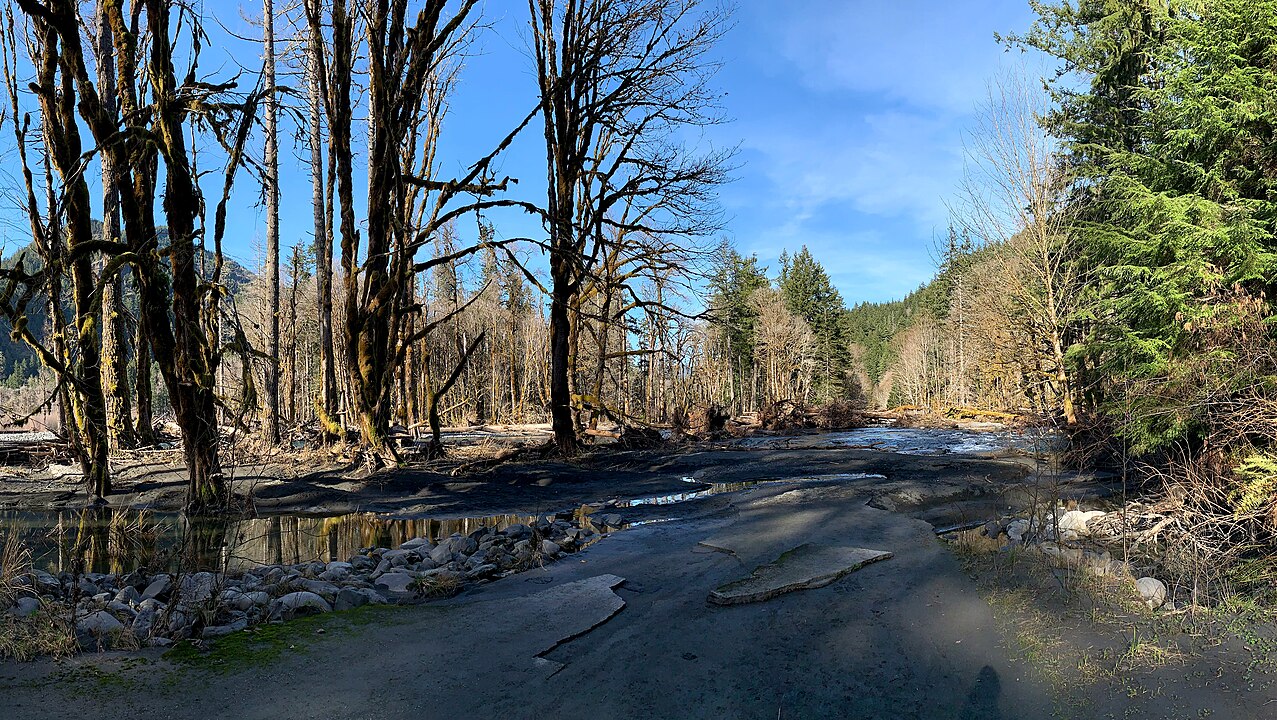
Inside Olympic National Park, Sol Duc operates three mineral hot pools, roughly 99 to 104°F, plus a cool freshwater pool for recovery. The water is filtered and treated to public pool standards, and posted limits cap soak times for safety. Rangers and resort staff enforce quiet zones so people can monitor how they feel. Because the site sits in a temperate rainforest, evenings can be chilly, which helps regulate body temperature between dips. Always rinse, hydrate, and alternate hot to cool.
4. Ojo Caliente Mineral Springs, New Mexico
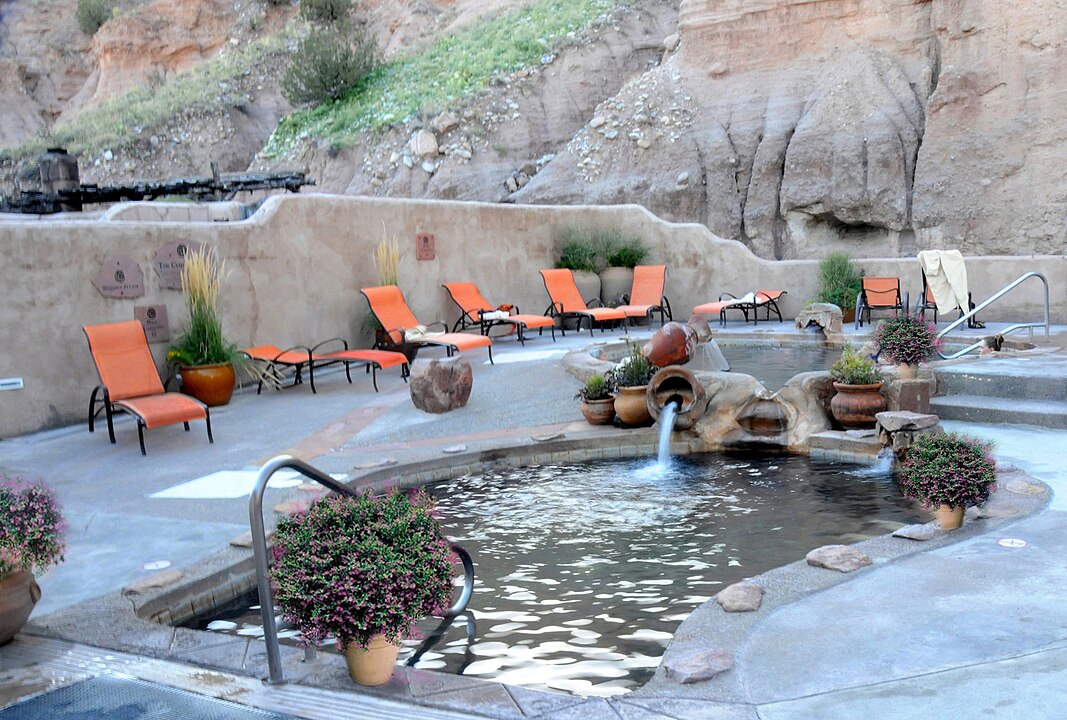
Ojo Caliente groups several mineral pools between about 98 and 105°F, each labeled by content, including iron and lithia pools. The resort enforces quiet areas, phones off, and shower-before-soak rules to keep water quality stable. Temperatures are posted at the edge of each pool, and staff rotate testing throughout the day. The desert setting cools quickly after sunset, which helps long sessions feel gentler. If you feel your heart rate spike, step out and use the cold plunge before returning.
5. Chena Hot Springs, Alaska
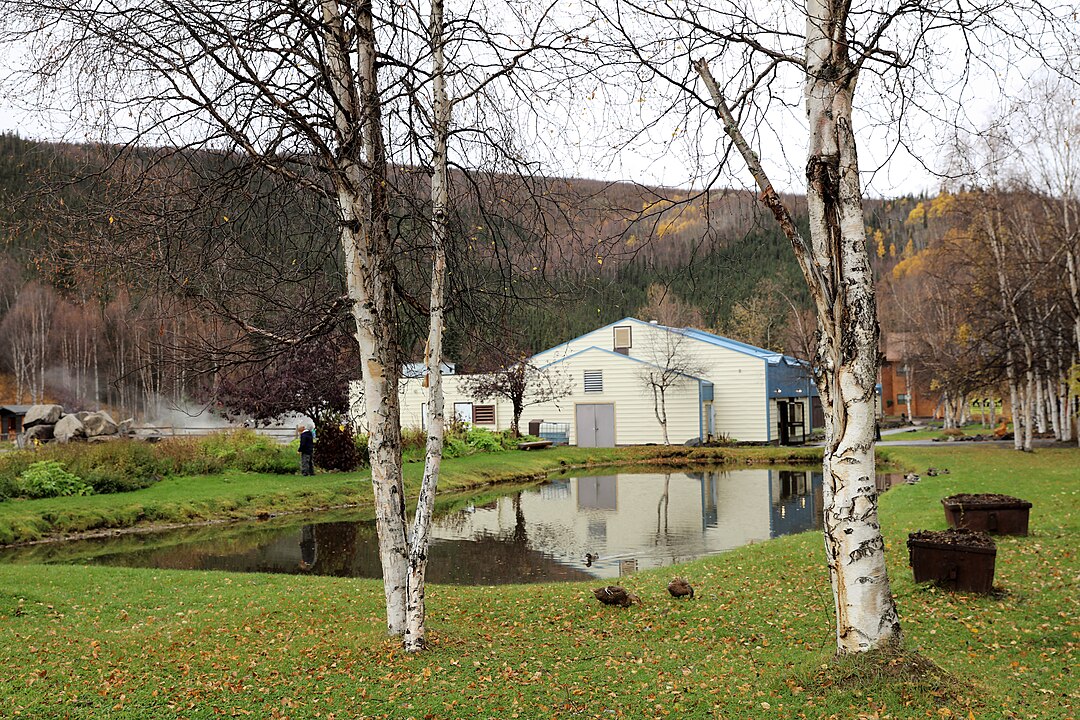
About 60 miles from Fairbanks, the outdoor rock lake sits near 106°F with cooler edges where a quick step brings relief. Changing rooms, required showers, and clear rules keep the soak organized even on busy nights. In winter, dry subzero air lets steam rise fast, so set towels where they will not freeze. Summer brings long daylight, so late evenings are best for calm. Hydrate often, limit sessions, and move toward the edges if the central zone feels too hot.
6. Hot Springs State Park, Thermopolis, Wyoming

The State Bath House offers free, time-limited soaks at about 104°F. The Big Spring source feeds travertine terraces nearby at much higher temperatures, so the controlled indoor and outdoor pools are the safe choice. Staff ask visitors to shower first and cap sessions to protect cardiovascular health. Minerals can dehydrate quickly, so bring water and take a cool break between dips. The facility posts hours and rules at the door, and the short walk to the terraces adds a scenic cooldown.
7. Lava Hot Springs, Idaho
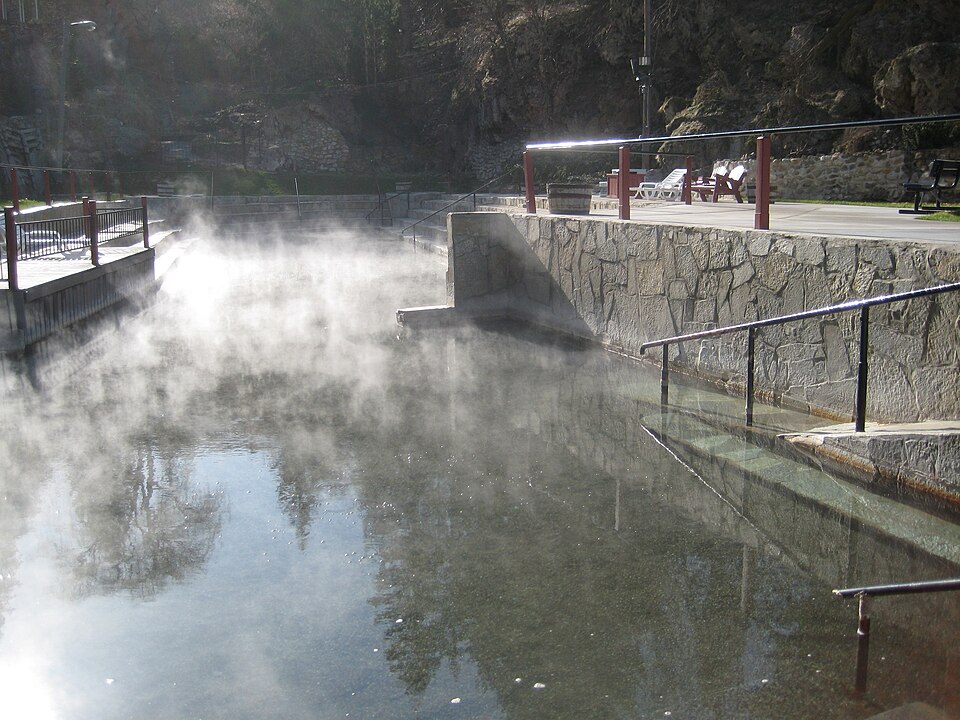
City-run outdoor pools range roughly 102 to 112°F, with signs at each basin so you can choose a temperature that fits. Water flows through constantly, which keeps clarity high without heavy odors. No diving or glass is allowed, and benches make it easy to exit if you feel lightheaded. In winter, air temperatures drop sharply, so rotate between hotter and cooler pools to avoid overheating. Shower before entering, keep sessions short at the hottest end, and sip water between dips.
